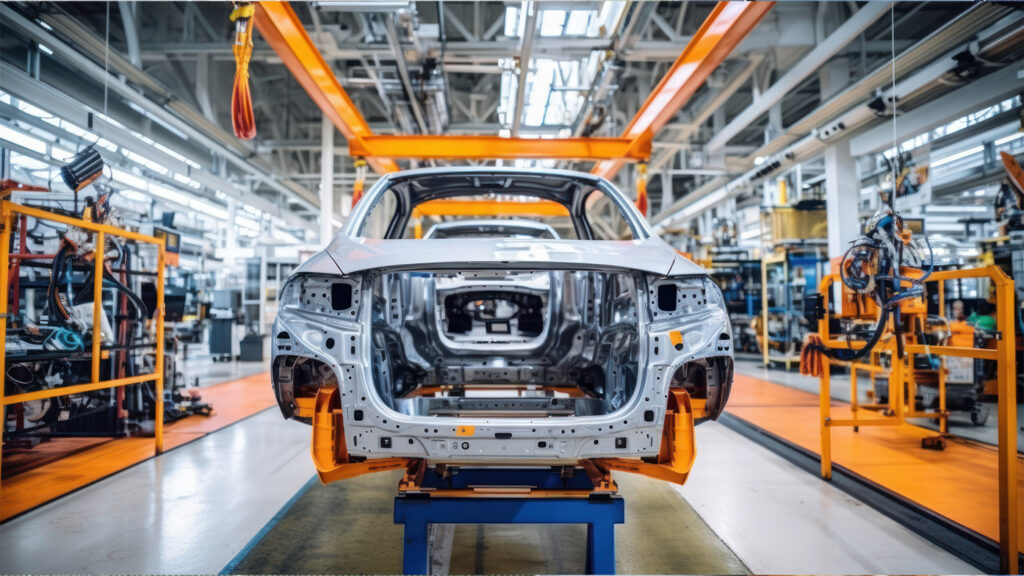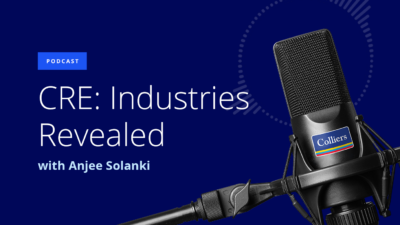The automotive industry drives the U.S. economy. In their end-of-year report, the American Automotive Policy Council noted, “Automakers and their suppliers are America’s largest manufacturing sector, responsible for 3% of America’s GDP. No other manufacturing sector generates as many American jobs.”
The automobile manufacturing industry is also the largest exporter in the U.S., and due in large part to trade agreements like the USMCA, spends billions of dollars on North American materials, like steel, glass and rubber. Further, automakers are one of the top investors in research and development — the second-biggest investor by sector in R&D worldwide.
This data point is critical to understanding the current state of the automotive sector, in the U.S. and globally. Although American automakers saw higher sales than predicted in 2018, with a 0.3% increase for the year, they are in the midst of a worldwide period of flux, one which has seen major companies like Ford and GM close plants and restructure their operations, impacting area employment, suppliers and real estate portfolios.
The question is this: How can automotive organizations stay profitable — and competitive — in a rapidly changing global marketplace?
The short answer is that automotive manufacturers and suppliers must respond to consumer preferences and invest in technologies. Primarily, disruptors like autonomous vehicles, electric vehicles and investment in urban mobility and vehicle sharing that will keep them innovating ahead of the curve.
While most traditional automakers remained stagnant in 2018, innovative, tech-central companies like Tesla — which had the biggest single-year growth ever achieved in the automotive industry — bucked the trend.
In this article, part one of two in our series on M&A in the automotive sector, we explore the role of technology in the automotive industry. While examining how mergers and acquisitions are the primary method for growth within the industry, we ask: How do businesses in this industry position themselves to either buy or be acquired?
The Role of Technology in a Changing Industry
Like virtually every sector, technology is a driving force for change and growth in the automotive industry. Big automakers, including Lexus, BMW and Mercedes, are engaged in a race toward viable autonomous technologies — one of the big three tech innovations driving the industry.
Autonomous cars cannot achieve legal, widespread use until they overcome technology hurdles like car-to-car and car-to-traffic infrastructure. Although the Google Car might lead the pack, it still requires development to counter human error.
Automakers and their suppliers are also rushing to build more efficient electric vehicles to meet global demand and stay competitive with Chinese car manufacturers. Bloomberg predicts that by 2055, 55% of new car sales will be electric and worldwide demand will continue to surge. The manufacturer who can develop a cost-effective, energy-efficient electric vehicle with high consumer appeal will come out ahead.
Another challenge behind the race for rapid innovation is urban mobility. Increasingly congested urban centers cannot support growth in car ownership, so new systems of car ownership and vehicle sharing are necessary in building sustainable city systems. The industry leaders who can build technology to address these infrastructure gaps will create a place for themselves in the global marketplace.
Electric vehicles, in-car technology, car-sharing technology and autonomous vehicles are all essential developments in this realm. Businesses like Daimler, with their investment in Car2Go, a car-sharing system, have already begun to lead the way.
To position themselves at the front of the pack, these organizations are investing in R&D, acquiring tech startups that are specifically built to be acquired by larger automakers.
An example of a manufacturer taking steps to stay competitive in an increasingly tech-oriented industry is Ford Motor Company. In April of this year, the 116-year-old organization formed a strategic partnership with Rivian to build electric batteries featuring the firm’s flexible skateboard platform for a new electric vehicle, in addition to Ford’s already-confirmed plans for fully-electric F-150 and Mustang-inspired crossover vehicles.
As traditional organizations come to terms with limited growth opportunities, they will recognize the need to either acquire or slowly become less relevant and die off. Ford made the leap to invest in Rivian, which prioritizes R&D and allows them to acquire technological advancements while focusing on new product development, without investing in the resources or real estate required to further these advancements.
The Need to Position Companies for “De-Mergers”
Increasingly ubiquitous in the automotive sector splitting operations into two: An Old Co arm that continues to develop and manufacture traditional parts, and a New Co arm that seeks out and invests in tech startups and innovations.
In 2018, Autoliv, a developer of automotive safety systems, announced that it would split. The new tech-focused spin-off business, Veoneer, focuses on safety electronics and software, including advanced driver assistance systems and autonomous vehicle technology; Autoliv continues to produce passive safety systems.
Autoliv is just an example of a continuing trend of “de-mergers” in the automotive industry. Delphi, Johnson Controls and Faurecia have also split into New and Old Co divisions. The move provides leverage for organizations to capture gains in the high-margin tech sector of the automotive industry. It can also be a way to stave off a hostile takeover, as in the case of GKN. A split allows companies to separate their traditional nuts-and-bolts arm and quicker-moving tech division, both of which capture different investors.
With that cycle comes another reality: Organizations that don’t position themselves to acquire other companies will shrink and either be acquired they to form new, smaller divisions for larger, thriving organizations — or they will die off.
The ability to be on the acquisition end requires forward-looking internal leadership, as well as strong capitalization. As in the case of Xevo and other smaller automotive technology startups, acquisition requires strategic positioning and quick growth and, of course, valuable technology developments.
The split-and-acquire cycle, complete with long series of mergers, de-mergers and competitive acquisitions, will continue until there is a clear way forward in the industry for these new technologies. As evident from the information presented here, the industry is in a state of upheaval as it rushes to develop technology to meet future market needs. Until viable technology is available, this fluctuation will continue.
With both M&A and innovations such as autonomous and electric vehicles, manufacturing and associated real estate needs will continue to evolve. In part two of our series on mergers and acquisitions in the automotive sector, we discuss market factors that affect M&A and the real estate implications of these deals.
How can organizations position themselves to acquire and be acquired? What steps are necessary once organizations split or acquire other companies? How do broader market factors affect flux and innovation in the automotive sector? And, how can organizations restructure physical real estate to maximize cost savings and productivity while minimizing risk?

 Patrich Jett
Patrich Jett

 Patrick Duffy
Patrick Duffy John Scott
John Scott Jacob Pavlik
Jacob Pavlik
 Anjee Solanki
Anjee Solanki
 Steve Rigby
Steve Rigby